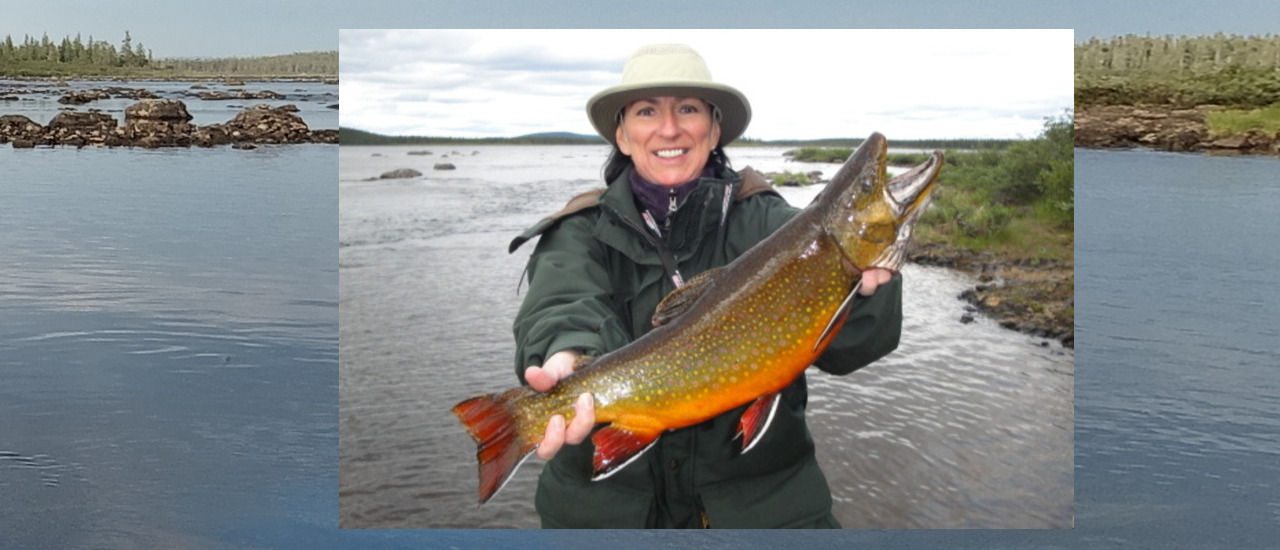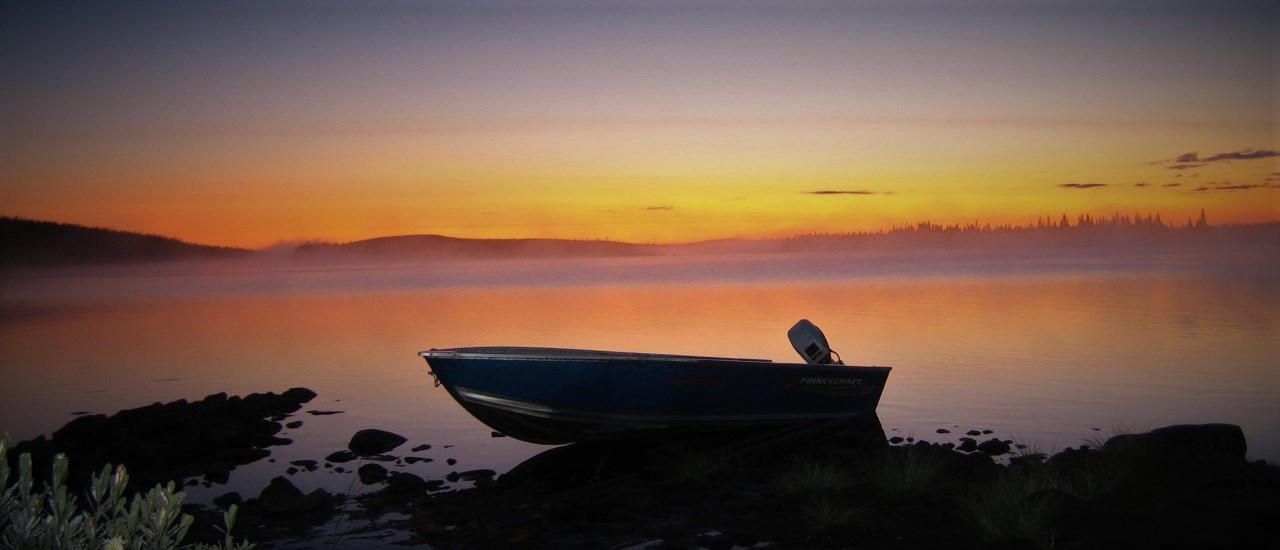
Month: March 2022

Everything you need to know about speckled trout fishing
The Brook trout, often known as the speckled trout by most Canadians, is the world’s most beautiful trout. However, they can be difficult to catch, frustrating even the most experienced Brook trout angler. They’re regarded as a prestigious species among trout fishers. Keep reading to find all the information you need for your next speckled trout fishing trip.
What is the best time to catch speckled trout?
If you’re looking for speckled trout, try to stay in 20 to 35 feet of water and near the shore. If you stumble upon a place and catch a trout, there’s a good chance there are more. The best time to catch Speckled trout tends to be early in the morning or late in the evening.
Trouts begin to go deeper in the water as the water warms due to the changing weather. Here is the approximate depth at various periods of the year:
- Between 10 feet and the surface immediately after ice-out
- Approximately 10 to 20 feet deep in mid-spring
- Approximately 20 to 30 feet deep in late spring
- Summer is the most difficult season.
While this isn’t true for all lakes, keep in mind that smaller spring-fed lakes will have trout swimming in the shallow waters all year.
How to fish for speckled trout
Speckled trout can be caught with a variety of live baits such as live shrimp, earthworms, mayflies, different fly larvae, wax worms, grasshoppers and crickets, minnows, and fish eggs. These baits work best when set on hooks ranging in size from 6 to 14, depending on the type and size of live bait utilized.
The clarity of the water is vital to these fish since they prefer to live in water that is virtually shining. The size of the fish changes according to the size of the body of water in which it is found, and its growth rate corresponds to the rate at which the water flows. Brook trout range in length from 25 to 65 cm (10-25 in) and weigh 0.3 to 3 kg on average (0.5-6.5 lb).
Brook trout populations have improved as a result of conservation initiatives and the fact that they are primarily fished for sport rather than for consumption. Make sure to look up specific conservation laws and regulations on provincial websites.
Brook Trout Behavior
Brook trout, like their salmon relatives, will swim in the currents and wait for food to come to them, though their preference for aquatic and terrestrial insects is instructive in luring them to strike. Brook trout require plenty of oxygen and water that is 12 degrees Celsius or colder.
As a result, they travel up and down the rivers throughout the year, looking for the best conditions. Brook trout are easy to locate in the spring; simply look for any river segment with rapids or a strong stream. Overhanging trees, submerged wood, rocky spots, and shoals are all common places to find them.
Brook trout eat larvae, caddisflies, stoneflies, mayflies, and aquatic dipterans, as well as any ants, beetles, grasshoppers, and crickets that fall into the water. They’ll consume crustaceans, frogs, and even tiny aquatic mammals if they come across them. Smaller flies and lures that look like any of these could entice a strike. Despite their modest size, Brook trouts are known to put up a good fight.
What kind of lures do speckled trout like?
Keep the presentation of your lures light and use 4-6 pound test lines with small hooks as a general guideline. Worms and insects such as grasshoppers and mayflies tend to have an impact on speckled trout. Fly-fishing with synthetic flies is also a viable choice.
Here are the top speckled trout fishing lures:
- #8 Rapala X-Rap
- 3″ Gulp Shrimp
- 4″ Bass Assassin Sea Shad
- 5″ Gulp Jerk Shad
- 52M series MirrOlure
- Clouser Minnow fly
- Johnson Sprite spoon
- MirrOlure MirrOdine
- Rapala Skitter Prop
Where to find speckled trout in Quebec
Speckled trout fishing is a great way to introduce family and friends to the sport because the fish are plentiful, easy to catch, and accessible. These are locations where you’ll certainly find speckled trout in Quebec:
- Lac Justone Outfitter
- Lac Mistassini
- St-Lawrence River
- Lac St-Pierre
- Réserve faunique Papineau Labell
1. Lac Justone Outfitter
Lac Justone Outfitter goes to great lengths to guarantee that you have an unforgettable vacation in the Great North. Lac Justone Outfitter, located on the tributaries of the Caniapiscau River, is ideal for fishermen and anglers. The variety of fish in the waterways ensures that you will be rewarded with many stunning surprises at the end of your line!
2. Lac Mistassini
Mistassini is located in the province’s Jamésie region and is known for being the largest natural lake in Quebec by surface area. There is an abundance of Brook trout, as well as lake trout, walleye, and pike, in this arc-shaped lake.
3. St-Lawrence River
The St. Lawrence River connects the Great Lakes to the Atlantic Ocean and runs through the provinces of Quebec and Ontario. This significant waterway is home to a diverse range of fish and other aquatic species, and shore fishermen can be found all year on Montreal’s Island.
Fishermen cast their lines from the Canal Lachine to the îles de Boucherville in search of largemouth and smallmouth bass, carp, channel catfish, northern pike, sturgeon, walleye, as well as speckled trout.
4. Lac St-Pierre
Lac St-Pierre is located near the St-Lawrence River as it is a widening of the river. This means it’s easy to get to, particularly from Montreal and Quebec City, making it a perfect weekend vacation or day trip. Lac St-Pierre is ideal for fly fishing from May to November, when fish enthusiasts may take advantage of the abundant speckled trout, smallmouth bass, and walleye.
5. Réserve Faunique Papineau Labell
Because there are so many different bodies of water to select from on the Réserve Faunique Papineau Labelle, it’s an excellent place to go fishing. There are over 700 distinct types of water bodies to pick from.
This means you might start with a smaller, more casual day of fishing at a nearby pond and work your way up to a larger lake. Whatever location you choose to fish in, you can count on a wide variety of fish to be caught. Speckled trout, lake trout, rainbow trout, landlocked salmon, bass, walleye, and pike can all be found in this wildlife reserve.
Speckled sea trout regulations in Canada
Most fishing regulations in Canada fall in the provincial jurisdiction, therefore they tend to be slightly different from one province to the next. However, to catch and keep trout in a national park, you must have a Parks Canada fishing permit and follow the determined quotas.
If conservation concerns arise, the Minister of Fisheries, Oceans, and the Canadian Coast Guard maintains the authority to make adjustments to the plan. Fishing enthusiasts should check with park staff to see what their daily bag/possession limits are.
Planning a fishing trip?
Lac Justone Outfitter on the Caniapiscau river is well-known for its excellent fishing. Our multiple bodies of water will ensure a different fishing experience every day of your stay.
At Hasté and Trophy Lakes, we can accommodate groups of four people, and at Facolli Falls, we can accept parties of six. If you want, you can prolong your stay and/or add services (guide, meals, etc.) to your package.
As such, if you are looking to enjoy an outstanding fishing experience at one of our three locations, all of which are located on tributaries of the world-renowned Caniapiscau River, feel free to contact us!
Highway 389 and Manic 5

Wow, we are already in March, the temperature is slowly rising and the snowmobile excursions are much more pleasant. Thanks to a great team of volunteers, we just cut 12 cords of wood at the Facolli Fall site!!! We have also purchased two new aluminum boats for Hasté. We now have to deliver this equipment, along with a year’s supply of gasoline and propane to each of the sites during the months of March and April. Afterwards, it won’t be as safe to travel on the frozen lakes between Fermont and our fishing sites, especially with heavy loads.
Enough about the winter. Surely you must start thinking about your fishing trip this summer. If you haven’t already booked, now is the time to do so. We still have some availability left at Lac Justone Outfitter but it’s going fast.
If you’ve already done so, congratulations! It’s now time to plan your trip. As our fishing offer starts in Fermont, you will have to get there first. The city of Fermont is located in the province of Quebec, 1,200 km northeast of Montreal. It’s connected to the Canadian road network by Highway 138 to Baie Comeau, and then Route 389 from Baie-Comeau to Fermont. The distance to travel from Baie Comeau is approximately 580 kilometers (https://goo.gl/maps/AzjqWvVcgQXQzpR68). About half of the distance on the 389 is paved and the rest is smooth gravel with a few more challenging sections. The trip requires approximately 8-9 hours of driving at a safe speed. A word of advice: when a vehicle is approaching from the opposite direction on a section of gravel road, reduce your speed and favor the right to leave more space between vehicles. This way you could avoid getting a rock in your windshield.
You will drive across the Quebec hydroelectric mega-project of dams supplying Quebec and some states of the American Northeast. The largest, Manic 5, offers guided tours. It’s very popular and must be booked in advance (http://www.hydroquebec.com/visitez/cote_nord/manic-5.html). There’s also a motel/restaurant at Manic 5 (https://www.motelenergie.com) if you want to split your trip in 2 days.
If you prefer to get to Fermont faster, two airlines PAL Airlines and Pascan Aviation offer daily commercial flights between Montreal/Quebec and the Wabush Airport (YWK). The airport is in the neighboring province of Newfoundland and Labrador, 30 km by road from Fermont. We can pre-arrange your transportation between Wabush airport and Fermont if you wish. You can also do all your food and drink purchases in Fermont on the day of your arrival.
Let us know if you have any questions.
We are looking forward to welcoming you soon!
François




